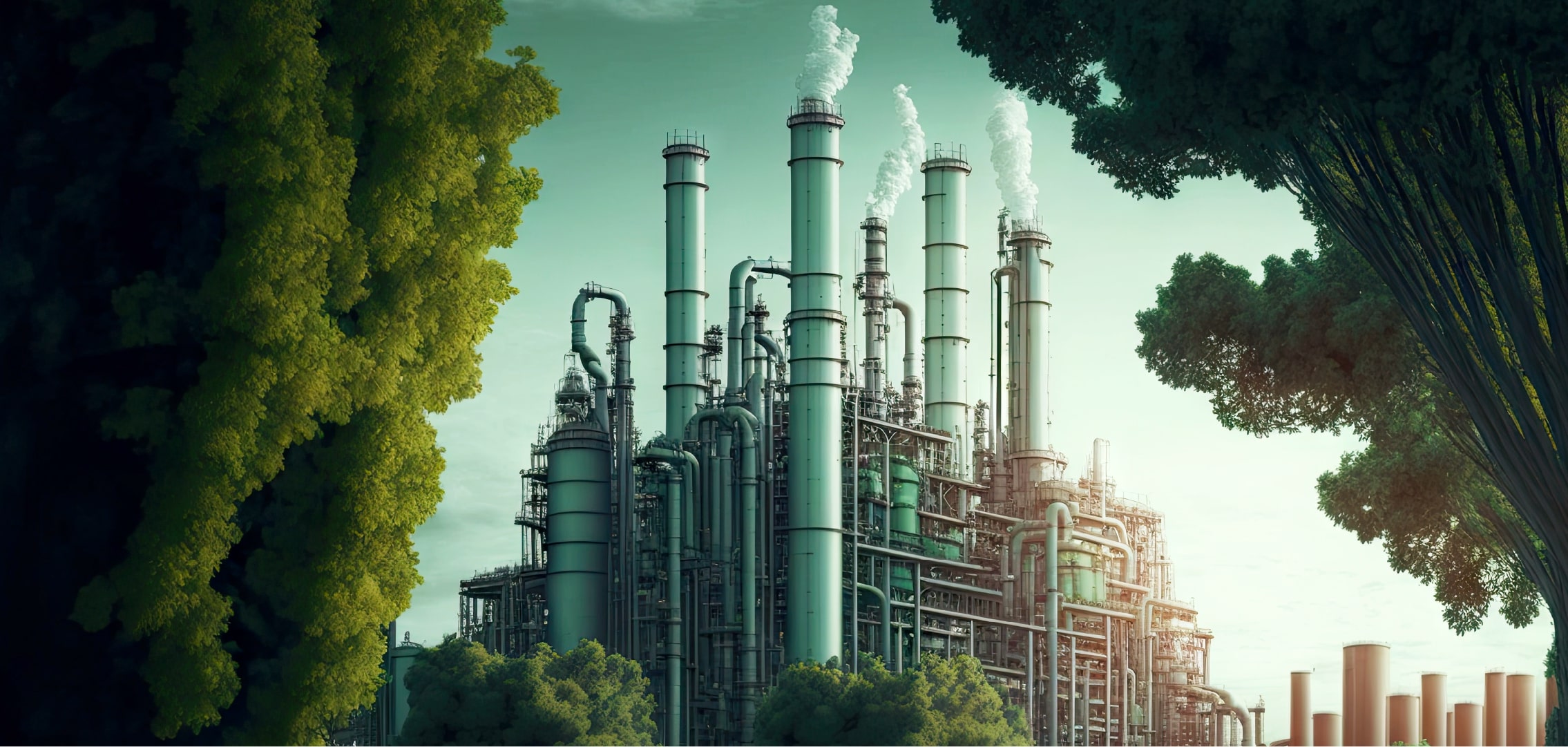
Sustainability in Manufacturing: Driving Innovation for a Greener Future
The manufacturing sector, encompassing industries such as metals, chemicals, minerals, and heavy machinery, stands as a significant consumer of energy and resources, often generating substantial waste. This underscores the necessity for concerted efforts towards decarbonization and a shift towards end-to-end sustainable practices across the value chain.
Defined by the US Environmental Protection Agency (EPA), Sustainable Manufacturing is “the creation of manufactured products through economically-sound processes that minimize negative environmental impacts while conserving energy and natural resources.” It signifies a fundamental shift towards producing goods in a manner that not only minimizes harm to the environment but also conserves precious resources. In this blog, we'll explore and delve into the urgency for sustainability in the manufacturing sector, the challenges it poses, and strategies for navigating in this rapidly evolving field.
The Urgency of Sustainable Manufacturing
The call for sustainable practices echoes louder than ever before. With increasing environmental challenges, manufacturers are now compelled to reassess their processes. Depending solely on fossil fuels and ignoring the harmful effects of waste and emissions is no longer enough. Instead, a holistic approach, covering everything from design to supply chain management, is crucial for making real progress.
The Business Case for Sustainability
While sustainability aligns with ethical imperatives, it also delivers tangible benefits for businesses:
- Market Differentiation: Consumers increasingly favour sustainable products, providing a competitive edge for eco-conscious manufacturers.
- Environmental Imperatives: Addressing climate change, resource depletion, and pollution requires urgent action from the manufacturing sector.
- Cost Savings: Efficiency gains and waste reduction translate into significant cost savings over time.
- Regulatory Compliance: Adhering to sustainability standards ensures compliance with evolving regulations, mitigating risks, and fostering goodwill.
- Social Responsibility: Manufacturers have a moral obligation to uphold ethical labor practices, ensure workplace safety, and contribute positively to local communities.
Navigating the Path to Sustainability
Achieving sustainable manufacturing requires a multifaceted approach that encompasses every aspect of the production process. From cost implications and technological integration to regulatory compliance and supply chain sustainability, manufacturers must navigate a complex landscape of obstacles on the road to sustainability. One of the key challenges in sustainable manufacturing lies in balancing profitability with environmental responsibility. While sustainable practices may entail upfront investments and operational changes, the long-term benefits far outweigh the costs. By optimizing resource utilization, minimizing waste, and embracing renewable energy sources, manufacturers can reduce their environmental footprint while simultaneously improving their bottom line.
Harnessing Technology for Sustainability
In the quest for sustainability, technology plays a pivotal role in driving innovation and enabling transformative change. From industrial automation and digitization to condition monitoring and predictive maintenance, cutting-edge technologies offer manufacturers the tools they need to optimize efficiency, minimize waste, and reduce environmental impact. For example, industrial automation streamlines production processes, improves energy efficiency, and enhances waste management, while digitization enables real-time monitoring and data-driven decision-making. Similarly, augmented reality (AR) training empowers workers with interactive learning experiences, reducing reliance on physical resources and minimizing environmental impact.
Overcoming Challenges and Seizing Opportunities
While the transition to sustainable manufacturing presents formidable challenges, it also offers immense opportunities for growth and innovation. From cost implications and technological integration to regulatory compliance and supply chain sustainability, manufacturers must navigate a complex landscape of obstacles on the road to sustainability.
However, by investing in research and development, fostering collaboration and partnerships, and embracing a culture of continuous improvement, businesses can overcome these challenges and unlock the full potential of sustainable manufacturing. By aligning environmental stewardship with economic prosperity, manufacturers can pave the way for a more sustainable and resilient future.
Leading the Charge: Companies Driving Sustainable Manufacturing
Across industries, forward-thinking companies are leading the charge towards sustainable manufacturing, setting ambitious goals, and implementing innovative practices to minimize their environmental footprint. From Unilever's commitment to zero emissions to Nestlé's efforts to ensure deforestation-free supply chains, these companies are setting new standards for sustainable business practices. Vestas, a global leader in wind energy solutions, is committed to achieving carbon neutrality and zero waste manufacturing. Similarly, BMW and Peugeot are revolutionizing the automotive industry with sustainable practices, while Patagonia and Stella McCartney are setting new benchmarks for eco-friendly fashion.
Conclusion
Sustainable manufacturing is no longer a mere aspiration; it is essential for businesses to succeed in today's interconnected world. By embracing sustainability as a core principle and harnessing the power of technology and innovation, manufacturers can achieve tangible benefits while safeguarding the planet for future generations. As we look to the future, sustainable manufacturing is full of challenges, but it also offers opportunities for growth, innovation, and positive change. By working together and embracing a shared commitment to sustainability, we can build a more resilient, equitable, and sustainable world for all.